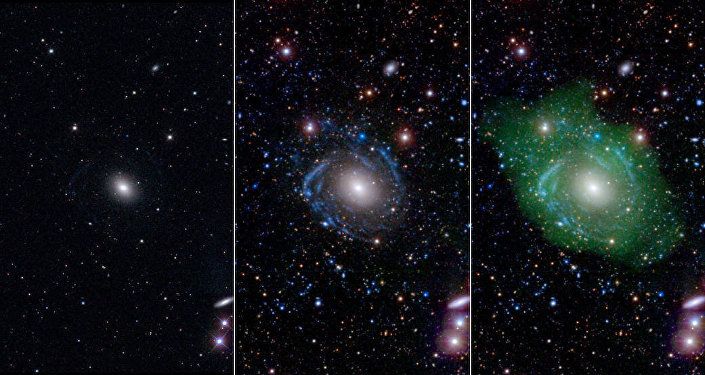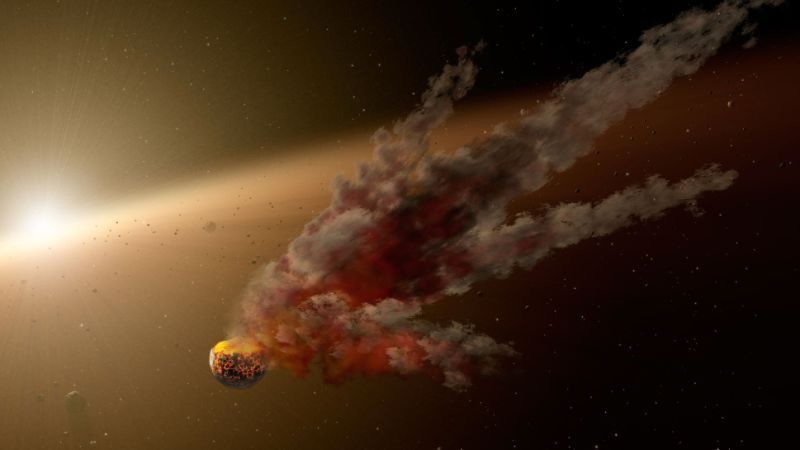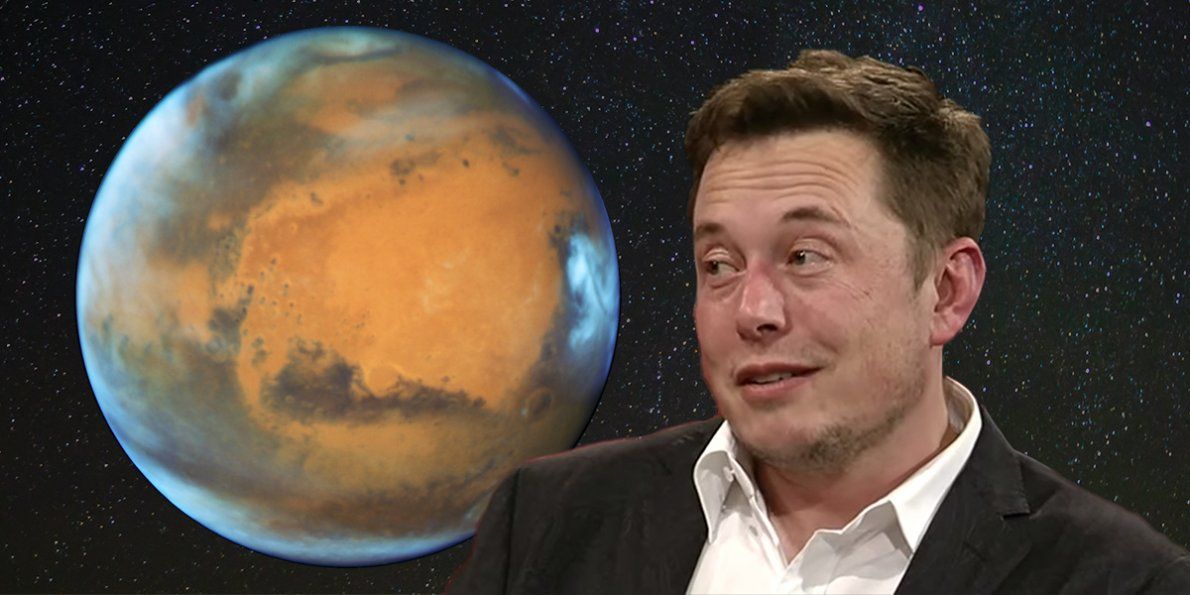Good news alien hunters! A Kickstarter to fund a year-long investigation into KIC 8462852—the star voted most likely to harbor an advanced alien civilization—just got funded. Alien megastructure or not, we may finally get to the bottom of this bewildering, flickering star.
This crowdfunding campaign was set up in May by Yale astronomer Tabby Boyajian, and it managed to meet its $100,000 goal in just 30 days. A $10,000 surge in the last 100 minutes of the campaign managed to put the project over the top. The next step is to figure out the logistics, but Boyajian, who’s been leading the research into KIC 8462852, says observations could start as early as later this summer.
The ultimate goal of the project will be to determine why this star’s light dims at such irregular intervals, and at times by as much as 20 percent. These huge dips in luminosity are way too large to be a passing planet, hence the suspicion the anomaly is being caused by swarms of comets, a distorted star, some unknown astronomical phenomenon—or an advanced alien civilization in the process of building a gigantic solar array around the star.







